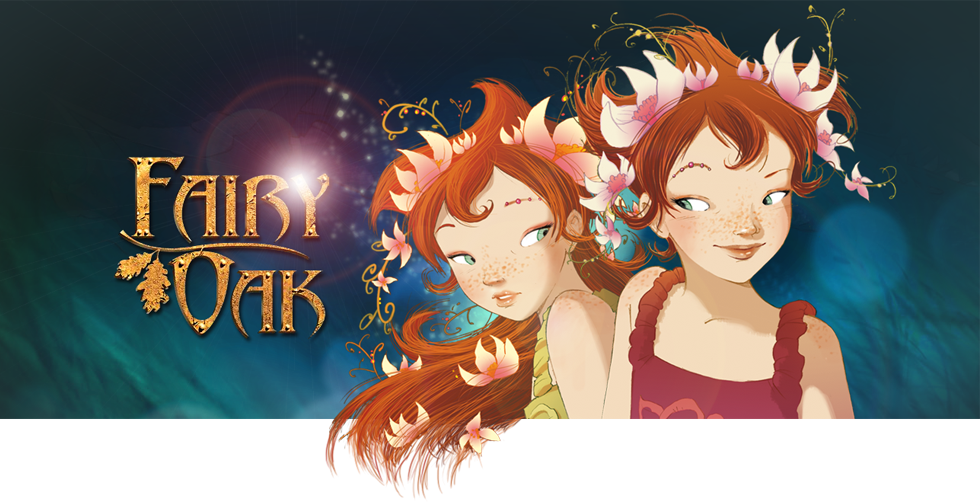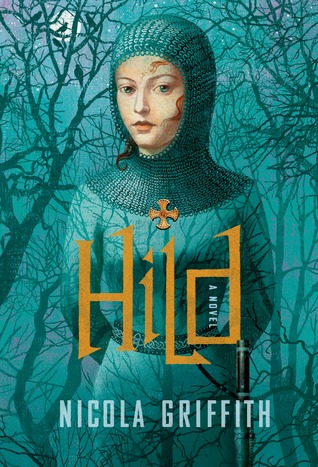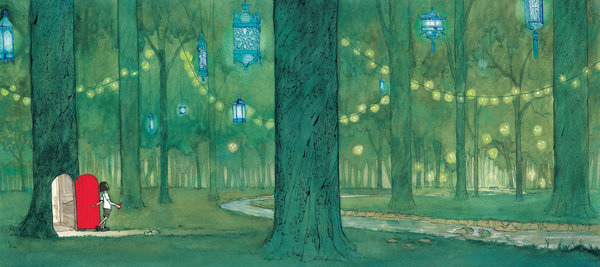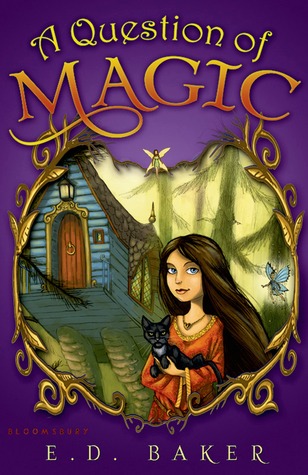
Fortunately, I've been able to find out more about Fairy Oak via the Italian site and, in English, the Fairyoakpedia. The trilogy is the story of twin sisters Vanilla and Lavender Periwinkle, who turn out to be Witches of Light and Dark respectively, and together with their magical friends (I love all the character descriptions) must save Fairy Oak from its old enemy, the Terrible 21st. The world of Fairy Oak might be more interesting than the war, actually: it looks like something Studio Ghibli might have made, only frillier (actually, Gnone worked for Disney). Maybe I will have to locate an Italian edition after all, though that won't help my American nine-year-old. Who would probably love it.



